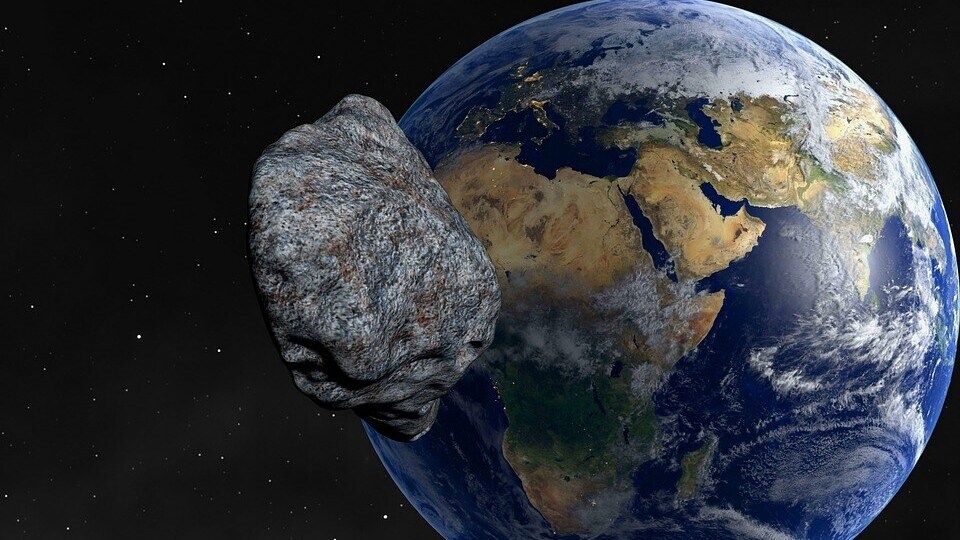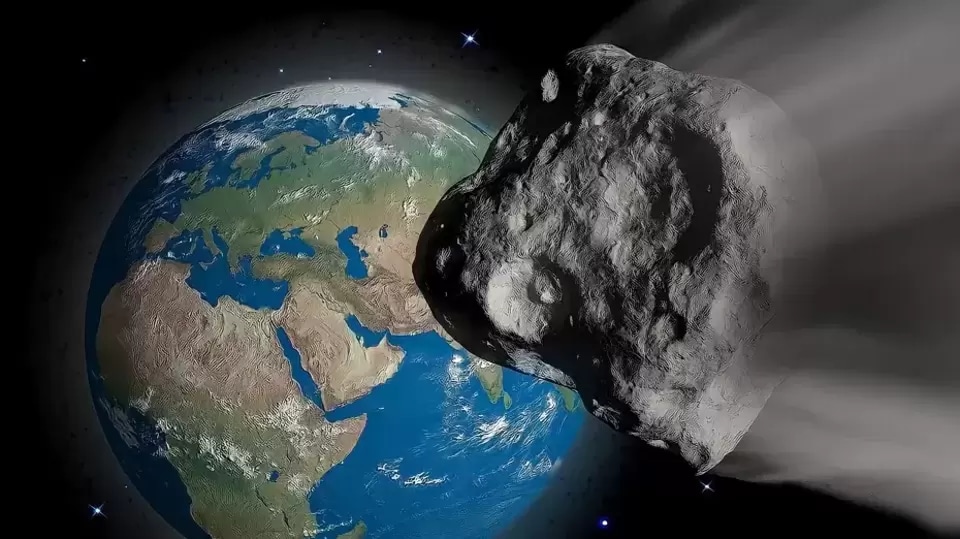NASA tracks 92-foot asteroid flyby; closest Earth approach today
A 92-foot asteroid is expected to make a close approach to Earth today. Check out its speed, distance and other details, as revealed by NASA.






 View all Images
View all ImagesAsteroids make close approaches to Earth almost every day, but how does NASA track these space rocks located millions of kilometers away in space? NASA telescopes such as the Pans-STARRS1 located in Maui, Hawaii, and the Catalina Sky Survey situated near Tucson, Arizona conduct surveys that have detected numerous near-Earth objects like asteroids, comets and more. Additionally, NEOWISE, NASA's space-based observatory, has identified hundreds of asteroids by scanning the skies with near-infrared wavelengths of light from its orbit around Earth's poles. To collect accurate information about an asteroid's trajectory and attributes, NASA employs its ground-based radar.
With this advanced tech, NASA has recently discovered another asteroid that could potentially come close to Earth today.
Asteroid 2023 FA7 information
NASA has issued a warning about a particular asteroid called Asteroid 2023 FA7, as it will be approaching very close to Earth. The asteroid is currently traveling at a speed of almost 86440 kilometers per hour and is set to make its closest approach to Earth today, March 4, at a distance of 2.2 million kilometers per hour.
Although the asteroid is not a planet-killer, it is relatively large in size compared to other asteroids that pass by Earth closely. Measuring around 92 feet across, the asteroid is roughly the same size as an aircraft
Importance of studying asteroids
Scientists study asteroids to learn more about the early solar system and the conditions that existed when the planets were forming. Asteroids can also provide valuable resources such as water, metals, and other minerals. One such discovery was made by studying an asteroid.
Until now, it was believed that water was already present on Earth from earliest times. However, a recent study has made an astonishing discovery that puts this very thought into doubt. The study has revealed that water may have originated on asteroids.
Catch all the Latest Tech News, Mobile News, Laptop News, Gaming news, Wearables News , How To News, also keep up with us on Whatsapp channel,Twitter, Facebook, Google News, and Instagram. For our latest videos, subscribe to our YouTube channel.





























